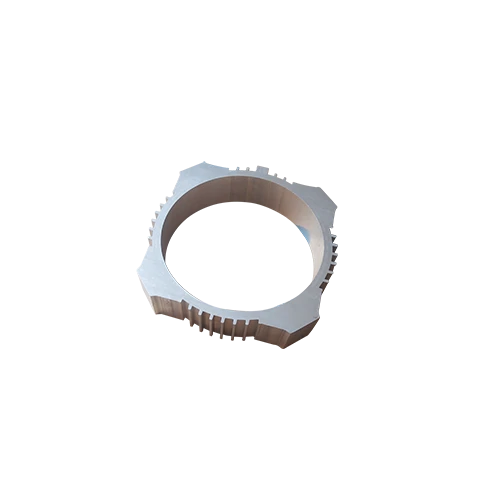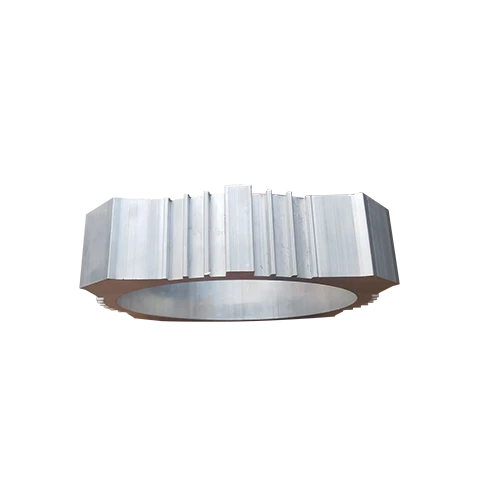Mobile:+86-311-808-126-83
Email:info@ydcastings.com
English
Baffled Oil Pan | Track-Proven Oil Control & Durability
Baffled Oil Pan buyer’s field notes from the shop floor
I’ve walked through more machining bays than I care to admit, and—surprisingly—what keeps coming up in conversation isn’t a fancy ECU; it’s the humble Baffled Oil Pan. When oil slosh starves a pump mid-corner, bad things happen fast. Real-world builders want something light, durable, and honestly, easy to live with.

What’s trending (and why it matters)
Two big shifts: lightweight aluminum alloys and smarter baffling geometry. Many customers say slosh control via trap doors and angled diverters has reduced oil pressure dip on track by ≈20–40% compared with flat-sump pans. In fact, CNC’d 6061-T6 pans with TIG-welded 6063 baffle modules are common now—partly because the extrusion heritage keeps tolerances tight and repeatable.
Materials, methods, and the process flow
- Materials: 6061‑T6 plate for the sump body; 6063‑T5 baffle extrusions; nitrile or FKM gaskets depending on heat.
- Methods: CNC milling, precision extrusion/drawing for baffle profiles, TIG welding (AWS D1.2 guidelines), bead blasting, anodizing or powder coat.
- Testing: Helium/leak checks (ASTM E499/E500 guidance), dye penetrant on welds (ASTM E1417), salt spray (ASTM B117), vibration/thermal cycling (ISO 16750‑3).
- Service life: around 8–10 years in mixed street/track; heavy-duty fleets report ≈6–7 years under severe duty—real-world use may vary.
- Industries: motorsport, performance street builds, OEM test mules, industrial gen-sets, and frankly, marine repowers where surge is brutal.

Typical specifications
| Item | Spec (≈ or range) |
|---|---|
| Material | 6061‑T6 body, 6063‑T5 baffles |
| Capacity | +0.5 to +1.5 L over OEM |
| Baffle design | Multi-trap doors, directional louvers, windage tray |
| Flange thickness | ≈ 8–12 mm |
| Drain plug | M12×1.5 or M14×1.5 with magnet |
| Surface finish | Ra ≈ 1.6–3.2 μm (mating surfaces); ISO 1302 |
| Corrosion protection | Clear anodize or powder coat; ASTM B117 verified |
Vendor snapshot (you’ll want this)
| Vendor | Certs | Customization | Lead time | Notes |
|---|---|---|---|---|
| Yidong Castings (Origin: No.563 Xinhua Road, Shijiazhuang City, Hebei, China 050051) | ISO 9001, IATF 16949 | Baffle geometry, flange, drain, coatings | ≈ 20–35 days | Strong on 6061/6063 extrusion/drawing heritage |
| Performance Brand Y | ISO 9001 | Limited—SKU based | Stock to 10 days | Great for off‑the‑shelf builds |
| Supplier X (Generic) | Varies | Depends on MOQ | ≈ 30–45 days | Check weld procedures carefully |

Applications and feedback
- Track days: steady oil pressure through long sweepers; users report fewer bearing scuffs.
- Off-road: baffling keeps pickup fed during steep breakover angles.
- Industrial: gensets with sudden load steps benefit from reduced aeration.
Customer note: “It seems that hot idle pressure dropped less after a 20‑minute session,” one tuner told me—small win, but real.
Customization checklist
Pick your poison: sump depth (ground clearance), door count and spring rate, windage tray standoff height, AN return ports for turbo, and a proper magnetic plug. To be honest, specify your gasket profile early; mismatched flanges cause leaks, not magic.

Two quick case studies
- Club racer: 2.0L turbo, custom Baffled Oil Pan with dual trap doors cut pressure sag by ≈35% at Turn 7; bearings looked clean after teardown.
- Fleet van: mild Baffled Oil Pan, thicker flange and FKM gasket; leak rate fell to near-zero over 120k km, salt-spray validated coating held up.
Citations:
- ASTM B117 – Standard Practice for Operating Salt Spray (Fog) Apparatus.
- ASTM B209/B221 – Aluminum Plate/Extruded Products Specifications.
- ASTM E1417/E1417M – Standard Practice for Liquid Penetrant Testing.
- AWS D1.2/D1.2M – Structural Welding Code—Aluminum.
- ISO 16750-3 – Road vehicles—Environmental conditions and testing—Mechanical loads.
- ISO 9001 and IATF 16949 – Quality management systems for manufacturing.
- ASTM E499/E500 – Guides for leak testing using mass spectrometer methods.
-
Materials Used in Manufacturing Cap End Pipe FittingsNewsNov.24,2025
-
Material Properties of CF8M CastingNewsNov.24,2025
-
How to Inspect Pump Cap Ends for DamageNewsNov.21,2025
-
Backward Curved Impeller – Efficient Airflow Solutions for Industry | YD CastingsNewsNov.21,2025
-
Automobile Water Pump - Efficient, Quiet, Durable & ElectricNewsNov.21,2025
-
Impeller for Pumps – High-Efficiency, Durable, OEM-ReadyNewsNov.21,2025











